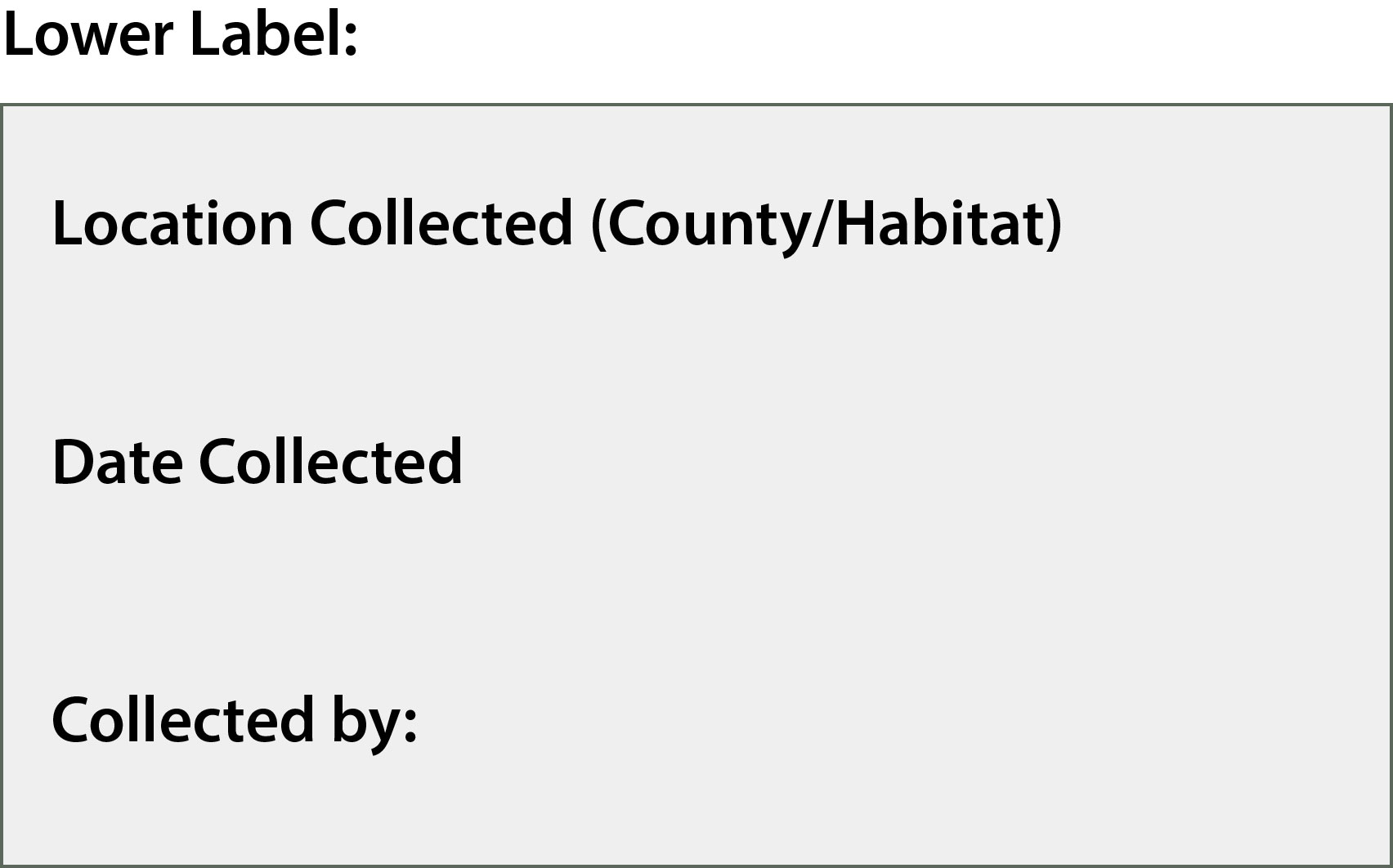Lab 5 Assignment: Pests, Predators and Parasitoids, Part I
Name: ___________________________________
Part I. Pests, Predators and Parasitoids
Review the information provided for two natural enemies: 1. Chrysoperla Lacewing larvae (predator); and 2. Aphidius wasps (parasitoids).
- In your examination of the information, which do you think is the most effective at controlling cabbage aphid populations in an enclosed (greenhouse) setting? Why?
- Which do you think is the most effective in an outdoor system? Why?
- Give examples of two conditions that may disrupt the efficacy of these predators (be specific – which predator and why?
Experiment: We are going to test the application rates for ONE of these natural enemies. We will need a positive and a negative control group. A positive control gets the result we want; conversely, we should not get the response you want in the negative control group. Without worrying about replication in this lab, we are going to create small studies that can be addressed with the pest/predator/parasitoid model available in lab with only one variable. Examples:
- Satiation rates (how many will they eat/time)
- Survival rates for aphids/natural enemies/time
- Comparative efficacy (set up for ONE predator)
- Efficacy with varied pest density (choose only one biocontrol agent)
- Cannibalism rates (lacewings only)
- Formulate your study question:
- Predict the outcome:
- Describe your method:
- Identify the:
Positive Control Group: ___________________________________________________
Negative Control Group: ___________________________________________________
Test Group(s): __________________________________________________________
__________________________________________________________
__________________________________________________________
Create a DATA COLLECTION SHEET that could be used to manage the data that will answer the study question on this sheet.
Natural Enemy: __________________________________________________________
Part II. Pests – Identification
Obtain a “known” specimen from the class collection. Remember where you selected your specimen (the family) so that you can return it to the correct box.
- Use your key to identify the specimen to the correct Family (which is known since the specimens are labeled). As you move through the key, record each line (e.g. 1a) you selected, and draw each characteristic described as seen on the specimen.
- Do the same with a Hemipteran specimen that you have collected or one from those provided (“unknown”). When you finish your ID, check with the instructor to make sure you are correct, and obtain a signature: ____________
Review: Curation
The correct pin placement for all insects pictured is to the right of the midline. Additionally, insects glued onto “points” are also glued only on the right side. Why is this? What is the purpose?
Demonstrate proper pinning technique for two specimens, one pinned and one on a point. Have each checked by the lab instructor, who will initial the space below when each is completed correctly.
Pinned Specimen: ________________________
Pointed Specimen: _______________________
A moth in the family Noctuidae was caught by your instructor this morning on the lawn outside of Cordley Hall. Given this information, demonstrate the information presented on the labels for this insect:


How are spiders and other non-insect arthropods preserved?

